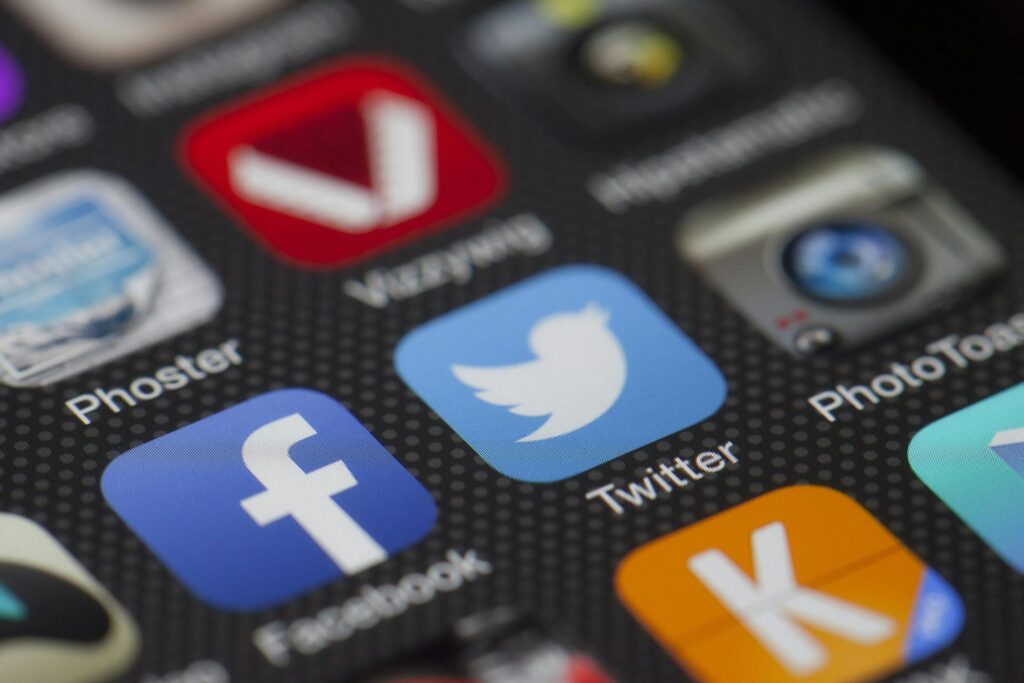What are Smart Devices?
Smart devices are electonic gadets equiped with internet conectivity and AI capabilities, alowing users to automate tasks, communcate, and gather data effciently. They range from smartphonse and tablets to smart hom appliances and wearables.
Types of Smart Devices
1. Smart Home Devices
These inclde smart thermostts, lighing systems, security camras, and voice assistants that help users contrl their homes remotely and save energy.
2. Wearable Technology
Smartwatches, fitnes trackers, and augmented reality glasses are part of this category. They provide real-time data on health, activity levels, and notifications from mobile apps.
3. Smart Appliances
From refrigrators to washing machines, smart appliances are designed to make househod tasks easier by alowing remote access and automation.
4. Connected Vehicles
Cars are becoming smarter with featuers like self-driving tech, smart GPS, and voice activted controls, making driving safer and more effcient.
5. Smart Healthcare Devices
These inclde blood pressure monitrs, glucometers, and remote patient monitoring systems that help users and doctors track health in real-time.

Benefits of Smart Devices
1. Enhanced Convenience
Smart devices simplfy daily tasks, alowing users to perform actons with voice commands or mobile apps.
2. Energy Efficiency
Many smart gadgets, such as thermostts and smart lighing, help reduce enegy consuption by optimizing use based on user behavior.
3. Improved Security
Smart home security systms, including doorbell camras and motion detectors, provide real-time alerts and remote monitroing capabilities.
4. Personalization
AI-powered smart devices adapt to user prefrences, offering customized experiences based on data analysis.
5. Connectivity and Integration
Smart devices conect with each other through IoT (Internet of Things), creating a seamless ecosystem for home automation and workplace efficency.
Challenges of Smart Devices
1. Privacy Concerns
With continous data collection, there is always a risk of data breaches and unauthorized access to personal infomation.
2. High Costs
Smart devices often come with a higher price tag compared to traditinal devices, making them less accessible for some users.
3. Compatibility Issues
Not all smart devices work together effciently, leading to integration challenges and user frustation.
4. Dependence on Internet
Many smart gadgets require a stable internet connection, making them less useful in areas with poor netwrk coverage.
Future of Smart Devices
As technolgy evolves, smart devices are expected to become more intuitive, energy-effcient, and secure. AI and machine learning will play a crucial role in making these gadgets smarter and more reliable.
Conclusion
Smart devices are reshaping modern living by offering convenience, secuirty, and effciency. While there are challenges, ongoing advancements continue to enhance their capabilties, making them an integral part of daily life. As adoption increases, the future of smart devices looks even more promising and innovative.
